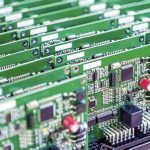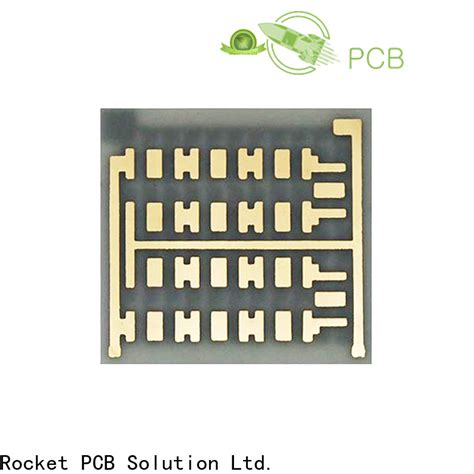
Blog
-
 Read more: Different Types of PCB Substrate Material for Your Project
Read more: Different Types of PCB Substrate Material for Your ProjectUnderstanding PCB Substrates A PCB substrate is an insulating material that serves as the base for the conductive copper traces and components. It plays a critical role in determining the electrical, thermal, and mechanical characteristics of the PCB. The choice of substrate material depends on factors such as the operating […]
-
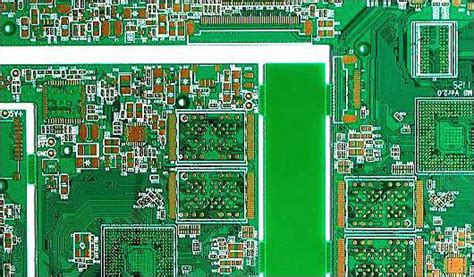 Read more: Controlled Impedance PCB: PCB Copper Traces with Minimal Signal Integrity Issues
Read more: Controlled Impedance PCB: PCB Copper Traces with Minimal Signal Integrity IssuesWhat is a Controlled Impedance PCB? A controlled impedance PCB is a printed circuit board designed to maintain a specific impedance value for the copper traces on the board. This is important for high-speed digital and RF circuits where signal integrity is crucial. By controlling the impedance of the traces, […]
-
Guides for 10-Layer PCB Stack-up
Posted by
–
 Read more: Guides for 10-Layer PCB Stack-up
Read more: Guides for 10-Layer PCB Stack-upIntroduction to PCB Stack-up Printed Circuit Board (PCB) stack-up refers to the arrangement of copper layers and insulating materials that make up a PCB. A well-designed stack-up ensures proper signal integrity, power distribution, and manufacturability. As the complexity of electronic devices increases, so does the need for multi-layer PCBs. In […]
-
Schematic Drawing Tutorial for Eagle
Posted by
–
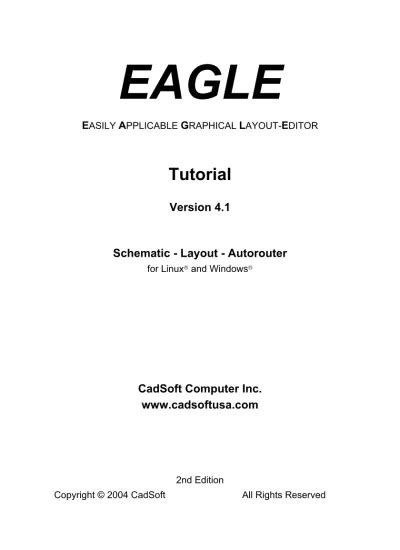 Read more: Schematic Drawing Tutorial for Eagle
Read more: Schematic Drawing Tutorial for EagleIntroduction to Schematic Drawing in Eagle Schematic drawing is an essential skill for anyone working with electronic circuits. It allows you to visually represent the components and connections in a circuit, making it easier to design, analyze, and troubleshoot. Eagle is a popular software package used for schematic drawing and […]
-
SMT Chip terminal lifted
Posted by
–
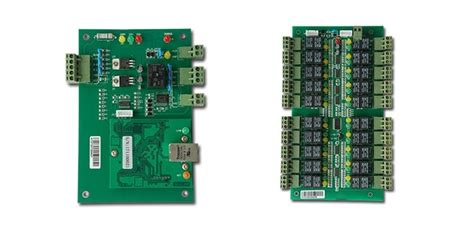 Read more: SMT Chip terminal lifted
Read more: SMT Chip terminal liftedWhat is SMT Chip Terminal Lifting? SMT (Surface Mount Technology) chip terminal lifting is a common issue encountered in the electronic manufacturing industry. It occurs when one or more of the terminals (legs) of an SMT component, such as a chip resistor or capacitor, loses its connection with the PCB […]
-
Selection Chip Capacitor & Its Storage
Posted by
–
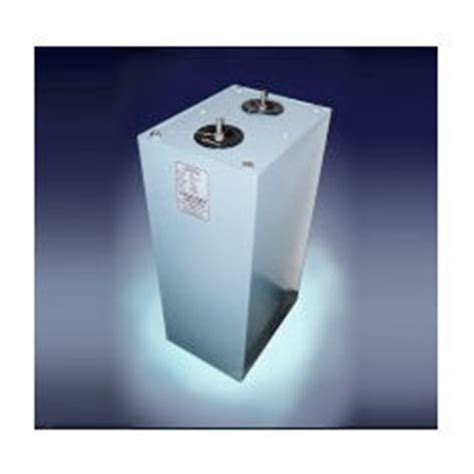 Read more: Selection Chip Capacitor & Its Storage
Read more: Selection Chip Capacitor & Its StorageWhat is a Chip Capacitor? A chip capacitor, also known as a surface-mounted device (SMD) capacitor, is a small, rectangular-shaped electronic component that is widely used in modern electronic circuits. These capacitors are designed to be directly mounted on the surface of a printed circuit board (PCB) using a soldering […]
-
Wave Soldering: What Is It and How It Works?
Posted by
–
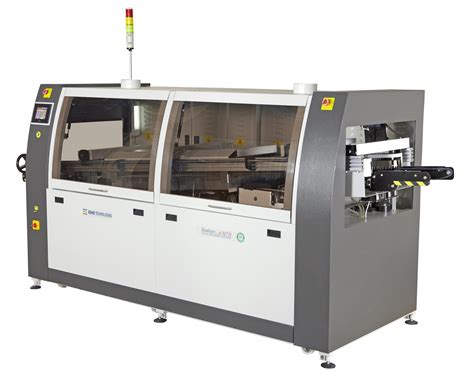 Read more: Wave Soldering: What Is It and How It Works?
Read more: Wave Soldering: What Is It and How It Works?What is Wave soldering? Wave soldering is a bulk soldering process that involves passing a PCB over a wave of molten solder. The molten solder is pumped up through a nozzle, creating a wave that washes over the bottom of the PCB. The components on the PCB are then soldered […]
-
Wave soldering of PTH components
Posted by
–
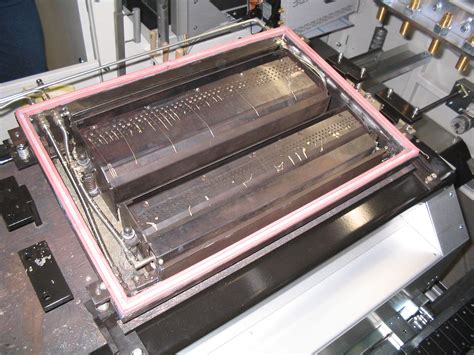 Read more: Wave soldering of PTH components
Read more: Wave soldering of PTH componentsIntroduction to Wave soldering Wave soldering is a widely used technique for soldering through-hole (PTH) components onto printed circuit boards (PCBs). It involves passing the PCB over a molten solder wave, which creates a reliable electrical and mechanical connection between the component leads and the PCB. Wave soldering has been […]
-
SMD Component Welding
Posted by
–
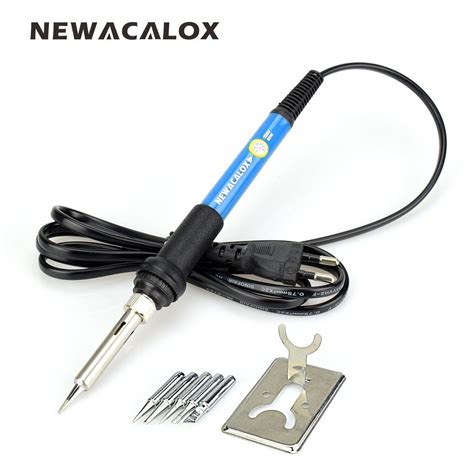 Read more: SMD Component Welding
Read more: SMD Component WeldingIntroduction to SMD Welding Surface Mount Device (SMD) welding, also known as Surface Mount Technology (SMT), is a method of attaching electronic components directly onto the surface of a Printed Circuit Board (PCB). This technology has revolutionized the electronics manufacturing industry by enabling the production of smaller, lighter, and more […]
-
What is PCB Via?
Posted by
–
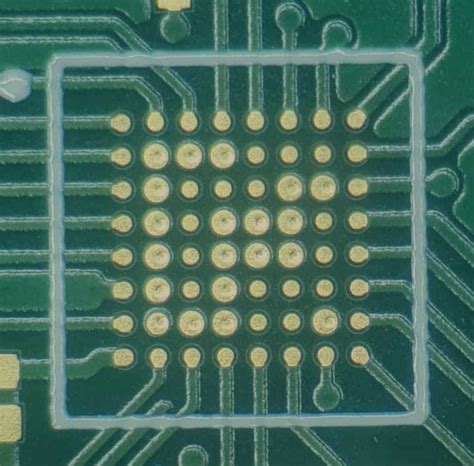 Read more: What is PCB Via?
Read more: What is PCB Via?Introduction to PCB Via A PCB (Printed Circuit Board) via is a small hole drilled through a PCB to allow electrical connections between different layers of the board. Vias are essential components in multi-layer PCBs, enabling the routing of signals and power between layers, thus minimizing the board size and […]
